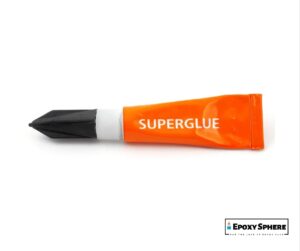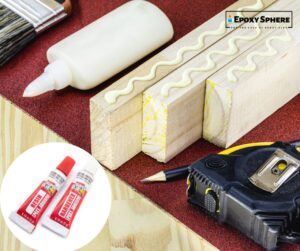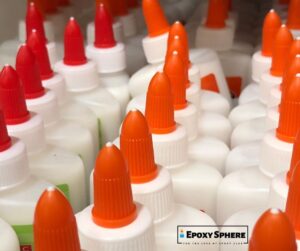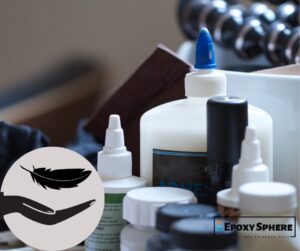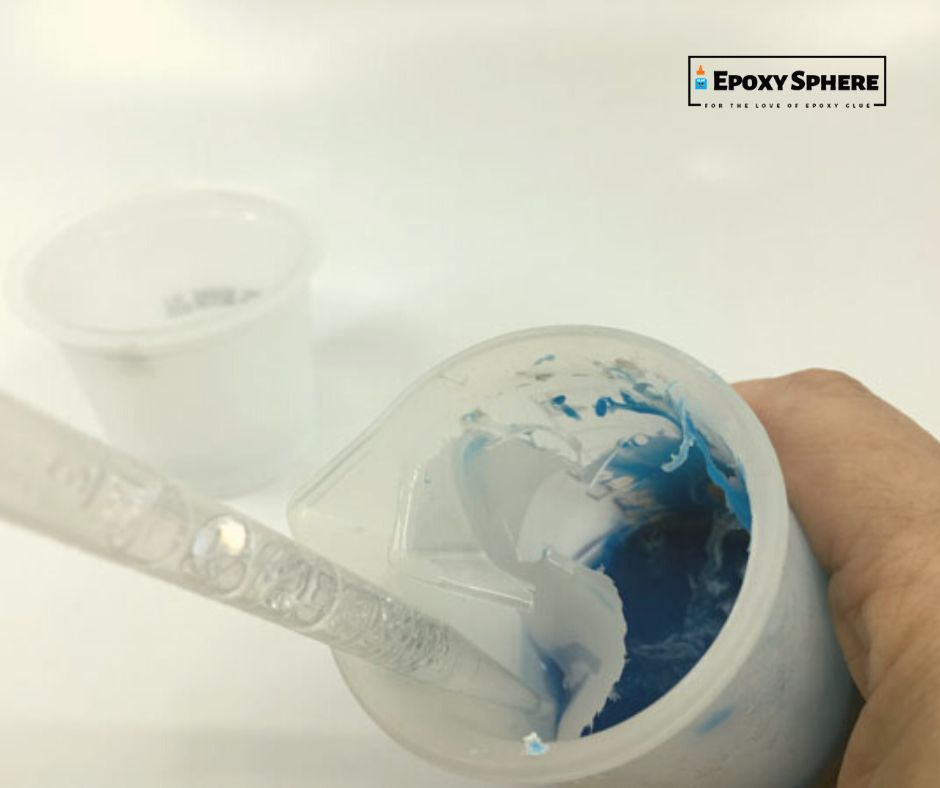
Epoxy is a versatile material and can be applied on quite a several surfaces, like wood, plastic, wood, and concrete, during construction or installations. Often, mistakes occur, so your project may not come out as desired. Removing the hardened epoxy can be a severe challenge if not done correctly. Below is a guide on how to remove epoxy from plastic?.
How to Remove Epoxy from Plastic?
Epoxy has provided a quick fix for mending plastic bowls and items and fixing faulty window panes, but removing them on these surfaces can be arduous. Thankfully, there are a couple of ways you can use to remove epoxy from your plastic surface:
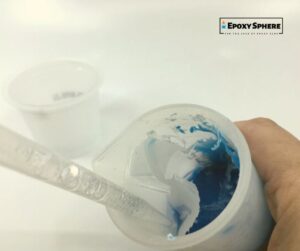
Using isopropyl alcohol
To remove epoxy glue from your plastic, you must soak a dry, clean piece of cloth in isopropyl alcohol and rub it on the surface till the epoxy loses its strength.
Isopropyl is effective at removing epoxy glue from plastic since it literally weakens the bond of the epoxy, making it susceptible to scraping off.
After dousing the epoxy glue with your solvent, leave for a couple of hours to soak and have effect before using a scraper to remove the weakened glue. Once the epoxy is removed, you need to use a clean, wet piece of rag to remove any remaining solvent on the surface.
Using Adhesive Remover
When the epoxy has been accidentally applied on a surface, it can be immediately wiped before it cures with a dry cloth and an adhesive remover. This method is best for minor spillage of epoxy glue on plastics.
Denatured Alcohol / Ethanol
When the epoxy is not fully cured or is still in the curing process, it can be removed effectively from the surface with ethanol or denatured alcohol. Soak a cloth in ethanol, and the area affected can be wiped with it. If the surface is fully cured, we must soften it using paint thinner and then apply ethanol to the surface.
Heat Gun
If your epoxy glue has fully cured, then removing it won’t be an easy task. That said, you can rely on a controllable heat source to help remove the cured epoxy glue from plastic.
A heat gun, blow dryer, or blowtorch is an appropriate source of heat that you can use. The device’s heat will soften the cured resin and then remove it via mechanical means, such as using a paint scraper or spatula. Cured epoxy will lose its bond strength after being heated up to around 200o C.
Using heat to remove epoxy from plastic has a few drawbacks. It can damage your plastic or even cause bodily harm to you. Also, using a heat gun effectively removes only small portions of the epoxy resin at a time, so you might spend ample time using this method.
How to Remove Epoxy from Fabrics
When epoxies are to be removed from clothes, there is a sure way to remove them without damaging or ruining the fabric. Paint thinners or Acetone can dissolve or discolor the cloth, while methods like scrapping can easily damage the material’s weave.
Heating is one of the more acceptable means of removing epoxy from fabrics; even at that, it comes with its own risk. But when done correctly, it can be the easiest way. Here is how to do it:
- Put the stained epoxy cloth in boiling water for a few seconds at a time;
- Then remove the fabric from the boiling water and attempt to peel the epoxy off gently with a tong;
- Put on a heavy kitchen rubber glove since you’ll be dealing with hot water.
Boiling water will not damage clothing materials like linen and cotton, but be careful not to melt synthetic fabrics or shrink wool. For materials that cannot soak, you can rub them in vinegar, then wash them in cool water.
How to Remove Epoxy from Metal items and Hard Surfaces
All the methods of epoxy removal mentioned above will work for epoxy on metal or other hard surfaces that are non-porous such as toolboxes, door jams, or frames.
Metal is tough or strong enough to withstand chemical adhesive removal and is readily available in household stores. However, keep in mind that chemicals can be harsh and dangerous.
To avoid accidents, ensure you have on safety gear and a respirator to avoid coming in contact with the vapors from the chemical. Only use chemicals in a well-ventilated environment.
A can of aerosol spray refrigerant is also a great option on hard surfaces. It freezes stubborn epoxy by rapidly reducing the surrounding temperature and making your epoxy brittle.
At this stage, the epoxy is easy to scrap away with a scraper or hammer to break it off. Be sure to put on a glove for this process and follow the manufacturer’s instructions.
How to Remove Epoxy from Wood materials or Concrete Floors
Using epoxy for floor finishing is one of its most popular uses, but often the resin can spill and flow to places it is not needed. It is best to avoid paint thinners and alcohol, which can discolor and damage wood items.
Instead, use Acetone for removing epoxy on wood and concrete. Acetone can soak up into the porous surface to loosen and surround the epoxy, making it easy to peel off.
As an alternative, heat can also be used to melt stubborn epoxy away from wood and will allow it to be easy to scrape off. If you’ve used Acetone previously on the wood, make sure it has evaporated completely before attempting to use heat. This is because Acetone is highly flammable and can increase the risk of fire outbreak.
Set your heat gun to 200o C, and hold it several inches over the affected area. Move the device in small circles to heat the room without damaging the wood you are working on. Always wear gloves and protective clothing to protect your hands from heat guns.
How to Use Epoxy Glue
If you are new to epoxy glues, here is a step-by-step guide on how to use this powerful adhesive correctly:
- Always use sandpaper to roughen the platform where the epoxy will be applied. As an alternative, you can file the surface carefully. After filing, clean the surface and make sure you have no dust particles, grease, or dirt left on it.
- The next step is to prepare the syringe needed for the application of the epoxy. Cut the end tip, and leave for at least 30 seconds to allow air bubbles to escape.
- Mix the resin and hardener at the stipulated ratio provided by the manufacturer. Don’t fault the ratio provided by the manufacturer; you might end up with a resin and epoxy that take longer to cure.
- Quickly mix the resin and the hardener; the mixture should blend appropriately within a few seconds.
- Apply the epoxy glue to the surface you want to bond, ensure your angles are correct to avoid irregularities, and leave to cure. Curing time varies from product to product but should generally cure after 24 hours.
Conclusion
Finally, with all the tips listed above, you should be able to get rid of epoxy on plastics quickly. If epoxy is on other materials besides plastics, you can use the tips provided for different materials. If you find it challenging to get rid of epoxies, you can seek professional help.

Hi, This is John Davis. After years of working in the construction industry, I decided to create a website that would provide people with information about glue and its exceptional uses. I hope You find it useful

